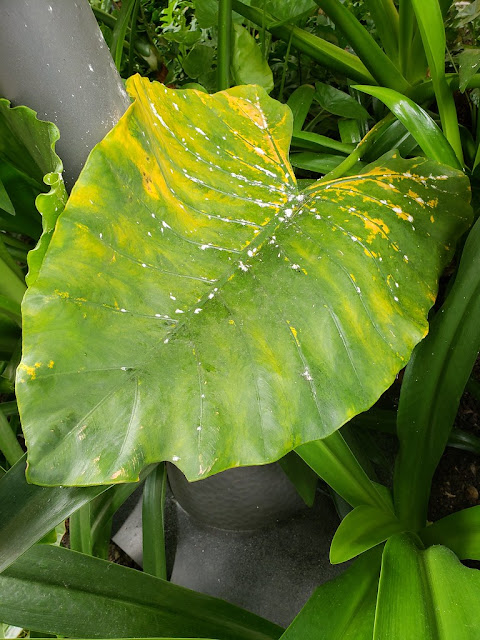Herb Shade Flowers Spice Up All Areas of the Garden
Calendulas, Comfrey, Lilly of the Valley, Chives, Sage, and Thyme are Shade Flowers that will add color to the shade spots of your landscape. Selecting the right place for your herb garden is important. Many believe if the only location for a garden is in the shade or filtered sun they won’t be able to grow herbs. This is untrue. There are herb shade flowers that will thrive in all shade, partial shade, or filtered sun. Many herbs have adapted to either full sun or partial shade. Perhaps you have selected a sunny location for your herb garden and then discover that certain herbs prefer a shady location. This isn’t a problem as you can plant smaller herb shade flowers next to taller plants that will filter the sunlight. If your garden includes shrubs, spreading plants, or taller plants they make the perfect spot for planting smaller shade annuals. The bed can also be planted so one end of it will receive less sunlight by being filtered out by surrounding buildings, fences, tr...
